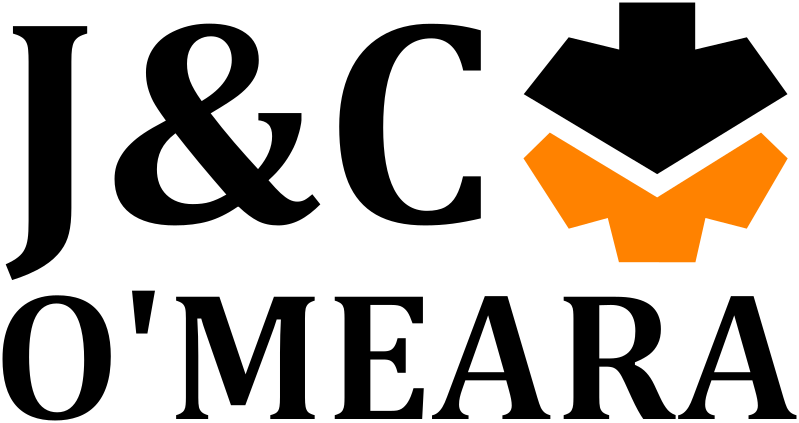CNC Routers vs. Traditional Woodworking Methods
- John Shepperd

- May 6
- 3 min read

Introduction: In modern woodworking, the debate about CNC routers vs traditional methods is more relevant than ever. Both approaches have their merits – the skill of hand craftsmanship versus the precision of computer-controlled cutting. This article compares several key factors of each approach, helping businesses evaluate how they stack up against one another.
Speed and Efficiency
When it comes to throughput, CNC routers have a clear edge. A CNC router can cut multiple parts with complex shapes in a fraction of the time it would take a person using jigsaws, table saws, or handheld routers. Because the machine follows a programmed path at high speed and can work continuously, production cycles shorten significantly. Traditional methods, on the other hand, rely on individual cuts and adjustments for each piece, which is time-consuming and prone to slowdowns as workers tire or remeasure. For a company trying to meet high demand, manual methods simply cannot match the output speed of an automated CNC.
Precision and Consistency
CNC routers operate with computer-guided exactness. If the design file is accurate, every cut made by the CNC will be virtually identical, with tolerances often within a few hundredths of a millimetre. This level of precision is challenging to achieve with hand cutting or even with manual machinery guided by human operators. Skilled woodworkers can produce excellent work, but even the best craftsman will have minor variations between pieces. With CNC, the first piece and the hundredth piece will come out the same. Consistency is crucial for products like flat-pack furniture or components that must fit together precisely, giving CNC routers a strong advantage in quality control.
Complexity of Designs
Traditional woodworking methods have limitations in the shapes and patterns they can easily create. Intricate carvings, inlays, or 3D surface contours require exceptional hand skill and a tremendous time investment when done manually. In contrast, CNC routers excel at complexity. They can execute elaborate designs generated in CAD software that would be nearly impossible to replicate by hand at scale. For example, a CNC router can effortlessly produce ornate engravings or precise joinery (like dovetail or box joints) with just a change in programming and tooling. This capability allows manufacturers to offer more innovative designs and custom work, whereas traditional methods might constrain creativity to what a skilled artisan can achieve with hand tools or simple jigs.
Labour and Skill Requirements
Implementing traditional methods relies heavily on skilled labor. Craftsmen often spend years honing techniques for cutting, shaping, and joinery. While this craftsmanship is valuable, it also means training new talent is time-intensive and production speed depends on individual skill levels. CNC routers shift some of that skill requirement from hand techniques to technical operation. An operator needs to learn how to set up jobs, use the software, and maintain the equipment, but one operator can oversee production that would have required a team of workers using manual methods. However, traditional skills still play a role for fine finishes or bespoke details. Many shops use CNC for bulk machining and then apply hand-crafted touches to achieve the best of both worlds.
Cost Considerations
At first glance, traditional woodworking tools are less expensive than CNC machinery. Hand tools and basic power machines have a lower upfront cost, making them accessible for small workshops. CNC routers, by contrast, require a significant investment in the machine itself, plus software and training. However, when looking at the bigger picture, CNC technology often proves more cost-effective for commercial production. The return on investment (ROI) of a CNC router comes from reduced labor costs, higher throughput, and minimal waste. Over time, the output of one CNC can surpass what multiple manual workstations might produce, which helps justify the initial expense. Moreover, as CNC machines become more common, their costs have been gradually coming down, and options like financing or purchasing quality used CNC machines (from trusted dealers like J & C O'Meara) can make them attainable for smaller businesses.
Conclusion: For production-focused businesses, CNC routers shine in speed, precision, and scalability, whereas traditional methods offer a handcrafted touch for custom details or artistry. Understanding each approach’s strengths will help you decide how to modernize your workshop. In today's market, investing in CNC technology is increasingly vital to stay competitive. An experienced supplier like J & C O'Meara can help you integrate advanced CNC equipment into your processes without losing the value of your craftsmanship.



